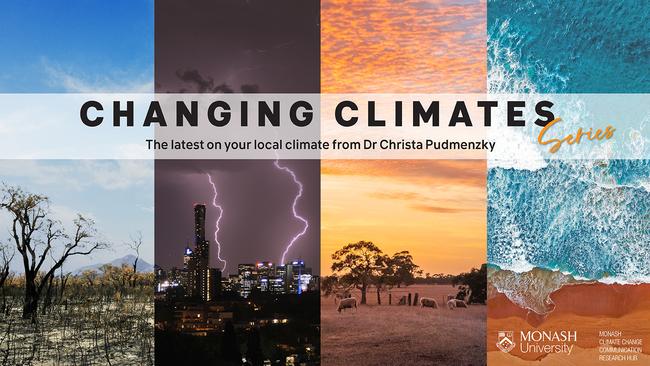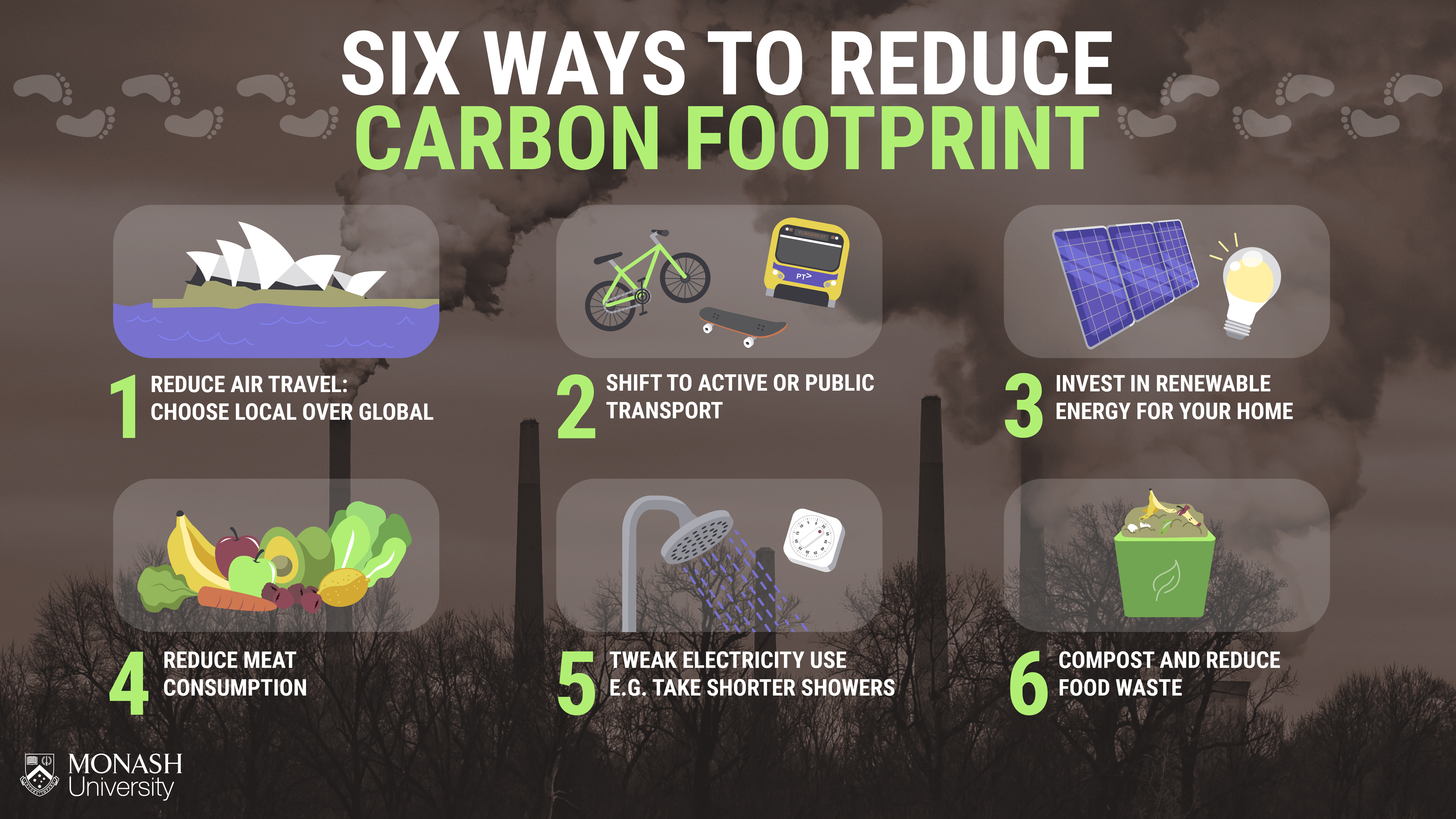Our carbon footprint reveals simple ways to cut down emissions
Host of the Gold Coast's Changing Climates series, Dr Christa Pudmenzky, does a deep dive on carbon footprints and simple steps to reduce our emissions.

HyperLocal
Don't miss out on the headlines from HyperLocal. Followed categories will be added to My News.
You may have heard the term 'carbon footprint', but what is it, and why is it so important?
According to the World Health Organisation, a carbon footprint represents the total amount of greenhouse gases generated by an individual's daily actions and lifestyle.
This can be direct, like the energy we use to power our homes, as well as indirect, including the energy required to create the things we use and consume.
Just about everything we do carries a footprint.
Take the humble apple for example.
Every stage of production – from the farmer planting the tree and harvesting the fruit, to the processing, packaging and transportation to the local grocery store – produces greenhouse gas emissions.All before you've taken a bite.
So how much do we emit overall?
Looking at data up to 2020, we can see the amount of carbon dioxide a typical Australian emits each year is around 15 tonnes.
Furthermore, in a study by World Data, Australia was ranked as the ninth largest carbon dioxide emitter per capita out of the 103 countries assessed.

But not to be misled by its namesake, each person's footprint is made up of more than just carbon dioxide – we're each responsible for other greenhouse gas emissions such as methane.
When accounting for total greenhouse gas emissions, Australia jumps to eighth in the rankings at 20 tonnes per capita.
Why our carbon footprints matter
Greenhouse gases emissions trap heat in our atmosphere.
They come from a variety of sources including fossil fuel based electricity production, most cars and trucks, agriculture and heavy industry.
With current technology, the more we produce, the more greenhouse gases we emit and the warmer our climate becomes.
Since the pre-industrial era, humans have been emitting ever-increasing amounts of greenhouse gases that have warmed our planet at an unnatural and unprecedented rate.
In fact, Australia's climate has warmed around 1.4C since 1910.
While one or two degrees may seem small, it has triggered shifts in our climate that have changed the nature of heatwaves and other types of extreme weather events.
As the graph above shows, emissions per capita have dropped this century, however further reductions are essential if we wish to curb the effects of climate change.
It is important these reductions come from all levels – individuals, communities and governments.
Reducing our footprint
A footprint, like those we trail along a sandy beach, is a metaphor often used to describe the marks we leave behind.
The first step to treading more lightly is to better understand our own footprints.
Aussie charity Carbon Positive Australia has an online tool that can help calculate your emissions for the past month, three months or year.
It breaks this down into six key categories: travel, energy, water, transport, food and drinks, and waste.
This provides a valuable insight into what makes up our individual footprint, and helps us to make informed decisions about how best to lower our emissions.

There are several simple changes we can make to our lifestyles that won't break the bank.
For example, we can reduce air travel by holidaying locally rather than internationally.
Just one less flight a year reduces our footprint by up to 1.9 tonnes of carbon dioxide.
Reducing how often we drive by using active or public transport can also greatly reduce our emissions output.
For instance, if all car owners in Australia walked 1km when carrying out errands five times a week instead of driving, we would save two million tonnes of carbon dioxide a year.
Finally, investing in renewable energy for your home can make a big difference.
This can be as straightforward as switching to energy efficient light bulbs and other appliances.
Lowering our individual footprints doesn't happen overnight, however, by taking small steps like these, we can start to make a big difference.
Want more information on how your climate is changing? Check out the last article in this series.
Dr Christa Pudmenzky is a climate scientist at the University of Southern Queensland.
This column is part of a collaboration between Monash University and News Corp to deliver hyperlocal weather and climate information.


